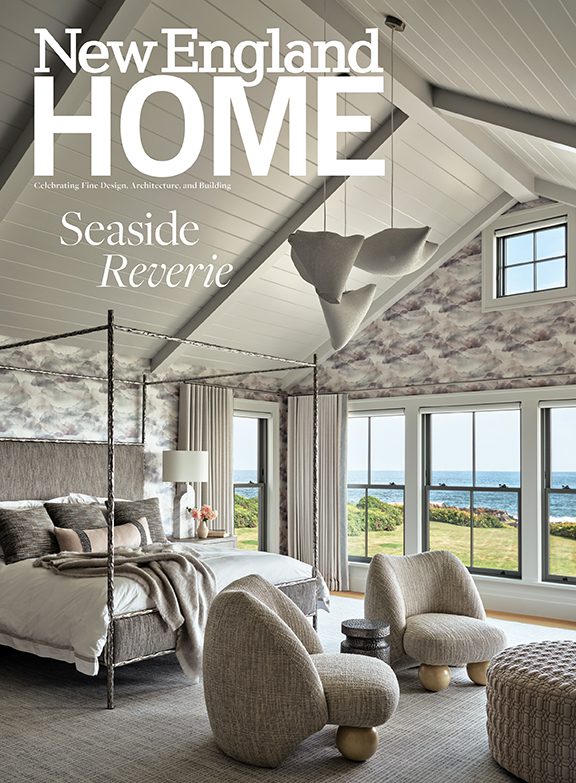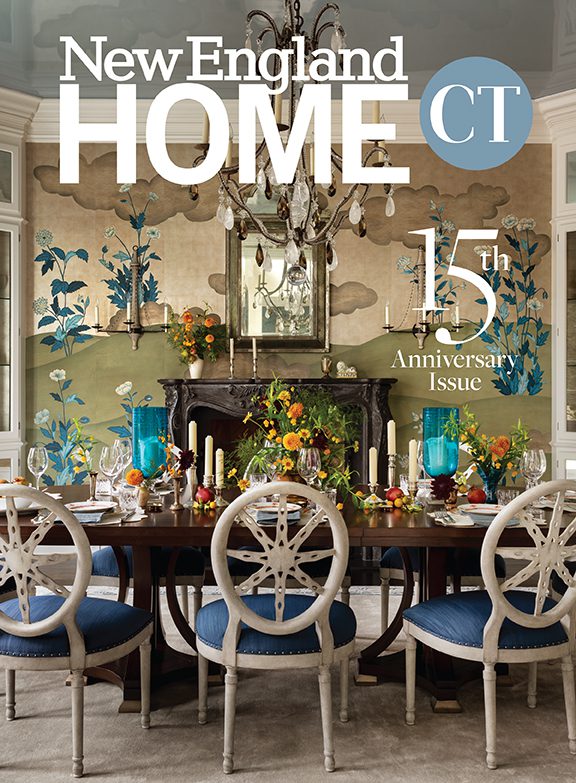Photographic Memories
January 18, 2012
Text by Caroline Cunningham
Suara Welitoff’s gorgeous, deeply mysterious photographs and video installations are at once disorienting and mesmerizing. She captures both the quotidian and the dramatic—crowds walking through a plaza, soldiers loading an artillery rocket—with the same degree of sensitivity, deliberately removing details that might place the scene in any specific time or place. Short moments of action are compressed and then expanded; they slowly fold and unfold, over and over, in a dreamlike dance. Welitoff’s work explores the unknowable spaces of memory and imagination, and you just can’t turn away.
The artist acknowledges the compelling power of her images with a shy smile. “They mesmerize me, too—that’s why I make them,” she says. “My images are about ambiguity, and the absence of detail makes them about the here and now. The crux of the work is that it’s so puzzling.”
Welitoff, who grew up in New Jersey, initially expressed herself through music, playing an eclectic range of instruments from accordion to bass. She spent some time living in California and touring as a musician before deciding to move back east and, in 1985, to Boston. It was here that she picked up a camera and started taking long-exposure photographs of her friends, translating her musician’s sense of rhythm and abstraction to make portraits that, in her own words, “showed the passage of time.”
Classes at MassArt followed, but Welitoff describes herself as largely self-taught through extensive reading and constant, careful observation of the world around her. The transition to video was both a logical extension of her work and an emotional decision she made after she saw Deadpan, an installation by British artist Steve McQueen, at the Museum of Modern Art. This short black-and-white re-creation of a Buster Keaton movie combined performance art with gentle slapstick, and also reflected Andy Warhol’s pervasive influence on a generation of emerging artists, including Welitoff. “It changed my life,” she says simply. “There was just no turning back after that.”
Using a Super 8 camera, Welitoff made a series of short films in which she set her watchful gaze on events that are mostly unnoticed—a skateboard on the sidewalk, or a man waiting for the subway. She also appropriated clips from stock footage that captured similarly ephemeral moments. She edited the pieces down, modifying the color into the monochromatic washes of reds, blues, browns and grays that have become her signature palette, and looped the action to reveal the poetry in the ordinary.
The haunting beauty of this work wasn’t lost on collectors like Manuel de Santaren. The Boston designer, an internationally noted collector of video art, co-chairs the photography committee of New York’s Solomon R. Guggenheim Museum and sits on the Visiting Committee for Contemporary Art at the Museum of Fine Arts in Boston. “I was immediately intrigued by how Suara transformed found footage into something so wonderful and unique,” de Santaren says. Curators at the MFA were equally impressed: Welitoff was awarded the museum’s prestigious Maud Morgan prize in 2002.
Since then, Welitoff’s work has considered themes around violence and war. In the 2005 piece A Million Sunsets, a boxing match becomes an animated abstraction, and in Clouds (history repeating itself), a 2009 work, a riot becomes an ethereal ballet in which the startling contrast between the images and the lush cinematography makes the scene even more disturbing. She also continues to examine things that are barely there, like birds in flight or the wind blowing through a woman’s skirt.
Jen Mergel, the Beal Family Senior Curator of Contemporary Art at the MFA, explains the paradoxical nature of Welitoff’s work. “Suara doesn’t want to influence someone’s interpretation in any direction,” she says. “She translates and reduces her footage in a way that’s painterly and romantic; there’s an intimacy in her images that is quite distinctly her own. It doesn’t need to be more than it is, so that it can be more than it is.”
Winner of a Louis Comfort Tiffany Foundation grant in 2009, Welitoff has become an international, if almost unwilling, star. A close friend, artist Shellburne Thurber, observes: “If there’s a hiddenness to Suara, or a reluctance to reveal, it’s in part because her work is about the difficulty we have in nailing down meaning. Her images have a way of transforming something difficult, and addressing ideas that are elusive but deeply embedded in the human psyche.”
Editor’s Note: Suara Welitoff is represented by the Barbara Krakow Gallery, Boston, (617) 262-4490, www.barbarakrakowgallery.com. To see more of her work, go to www.suarawelitoff.com
Share
![NEH-Logo_Black[1] NEH-Logo_Black[1]](https://b2915716.smushcdn.com/2915716/wp-content/uploads/2022/08/NEH-Logo_Black1-300x162.jpg?lossy=1&strip=1&webp=1)















You must be logged in to post a comment.